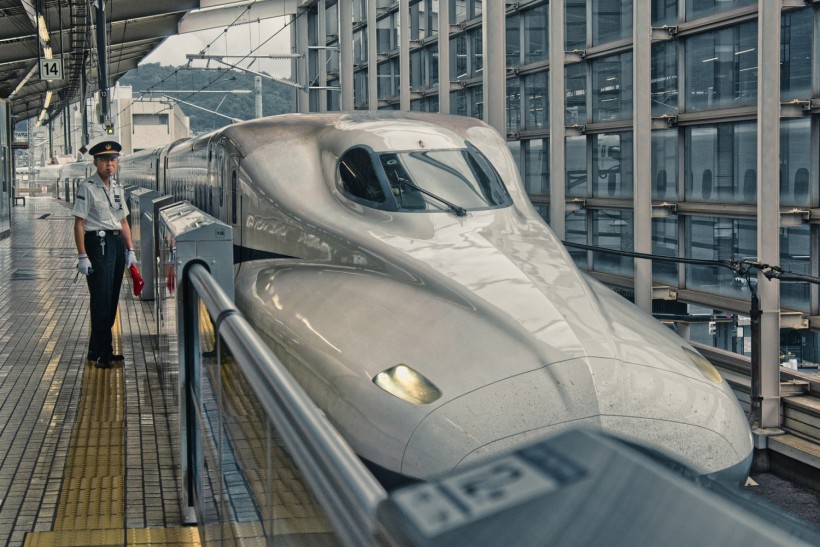Maglev Transiting between cities and traveling for long hours is tiring work. Being stuffed in a locomotive with people, stuck through traffic jams, and going through transport delays is becoming a hassle.
To travel greater distances in half the amount of time is a dream come true. Such a vehicle is used in Japan, China, and South Korea. You guessed it, the Maglev.
The combination of the words "magnetic levitation" and the phenomenon of this train is that it functions through superconducting magnets. Maglev is much more than a box suspended through magnets; we'll learn more about it as we proceed.
Magnetic Levitating Trains
Maglev rails do not have wheels, rails, or a driver. They are attached with superconducting magnets, and the whole train system floats on guideways.
To generate vast amounts of magnetic fields, superconducting magnets require a temperature of -450 °F. The quantity of magnetic field produced is enough to suspend and move a train.
The Maglev guideways contain metallic looping, often composed of aluminum, which interacts with the magnetic field to generate an electric current that, in turn, develops a second magnetic field.
Working Principle
Three different types of loops resort in the guideways at specific intervals to do the following:
Loop Set One
This set induces a magnetic field that keeps the train hovered about 5 inches over the guiding path.
Loop Set Two
This set keeps the train stable when moving horizontally. Both of these loop sets use the principle of "repulsion." If the train moves further away from the track or gets closer to the bottom, the loop sets adjust the train into the default position.
Loop Set Three
The third set combines the power of repulsion and attraction, resulting in the train's propulsion. This system moves by alternating the current's power. Providing electricity to the propulsion loop generates a magnetic field that moves the train.
Imagine a box with four magnets, one at each corner. The north pole faces out from the front ones, and the south pole faces outward at the back corner. This configuration propelled the train from behind and hauled it from the front.
During an experiment, the Maglev reached a speed of 375 miles per hour. Though at such a high speed, the comfort and turbulence of the train didn't falter.
Benefits of Maglev
-
Energy Efficient: Due to low energy consumption, albeit traveling at high speeds, Maglev might be the next most energy-efficient locomotive.
-
Reduced Noise Pollution: Unlike traditional trains, Maglev is much quieter and provides a smoother ride.
-
Impossible to Derail: Maglevs cannot derail under normal circumstances due to their automated system and efficient structuring. The superconducting magnets are powerful and provide unlimited support to the train systems.
-
Durable: Regular locomotive wheels can deteriorate and become prone to breakage after prolonged usage. The railway tracks also require constant repair and care, which costs money and the workforce. None of the above applies to Maglev as its working principle is entirely different from normal trains.
Ending Statement
The world is constantly evolving toward energy-efficient and sustainable ways. Everything is focused on the goal of receiving benefits for a prolonged time, from dietary plans to transport. Money doesn't matter when the thing or service you receive isn't bound by time.
The popularity of Maglev isn't as good as bitcoin prime, but over time, there is a possibility that we will get to travel long distances in minimal time.
* This is a contributed article and this content does not necessarily represent the views of sciencetimes.com















